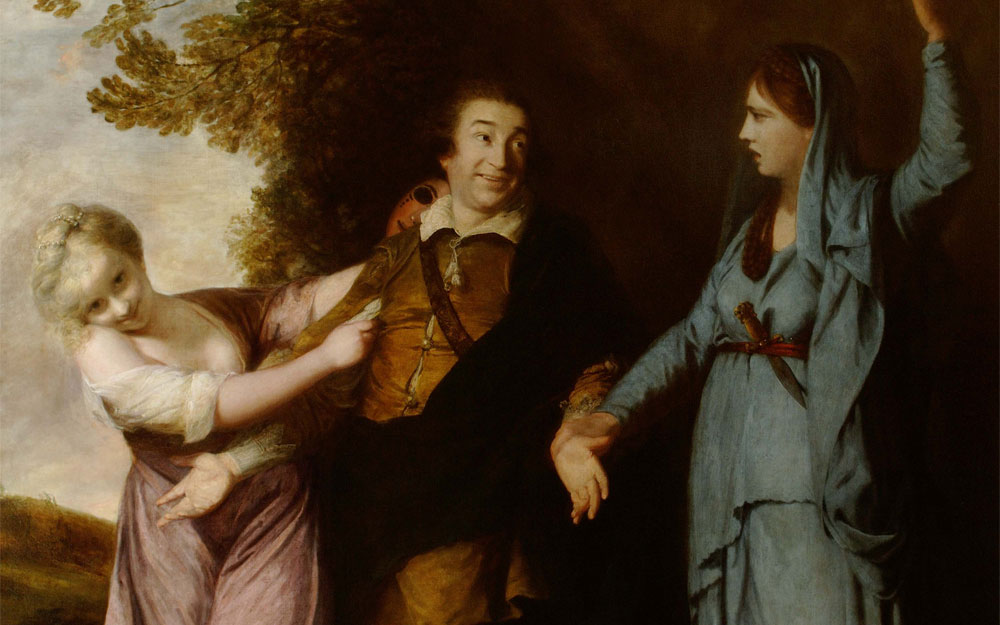
This is the fifth entry in our series on marketing Japan to affluent tourists. This week we again turn our attention to theater.
In the previous entry we mentioned that Noh is not dead, as indeed it is not. However, it is necessary for us to clarify a few things. We will do it in Q&A fashion. First, what is Noh? It is a classical dance-drama dating from the 14th century. It can also be described as “masked theater,”1 the face-coverings being a hallmark of the genre. Second, why might those unfamiliar with the history of Noh assume that it is rigid or fossilized? That is because for a certain period of Japanese history, it was. The Tokugawa Shogunate, the military government that made its appearance in 1603 and its exit in 1868, was peopled by what we would describe today as “micro-managers.” A rigid class system was set up, with samurai on top, merchants at the bottom, and peasants and craftsmen in-between. The rigidity that characterized society was reflected in the genre as it was performed during this period.
The form of Noh drama became as static as the rest of society. Innovation and change were discouraged, and the players had to obtain permission from the authorities if they wanted to change either the words or the form of the performance—and permission was seldom given….
Thus, in the Edo era Noh became a ceremonial entertainment for the samurai and hence lost the wider public audiences that the medieval Noh theater had enjoyed….2
Third, are we at drinkingjapan.org using the right terminology? The answer is both “yes” and “no,” no pun intended. Technically, the term “Noh” refers to the dance-drama and not to the comic interlude known as Kyōgen. As a kind of shorthand, some writers use the term “Noh” synonymously with the more precise term—”Nōgaku.” And finally, what about that spelling? Is it “Noh” or “No”? Both, actually, but the former is more common. Besides, casually writing “No Masks” might result in one being deplatformed, shadow-banned, embraced by the iron maiden, or, heaven forbid!, forced to consume decaffeinated coffee.
1Rath, E. “Masks and Memory,” The Ethos of Noh: Actors and Their Art (Cambridge, MA: Harvard University Asia Center Publications Program, 2004).
2Ishii, M. “The Noh Theater: Mirror, Mask, and Madness,” Comparative Drama (Vol. 28, No. 1, Spring 1994).